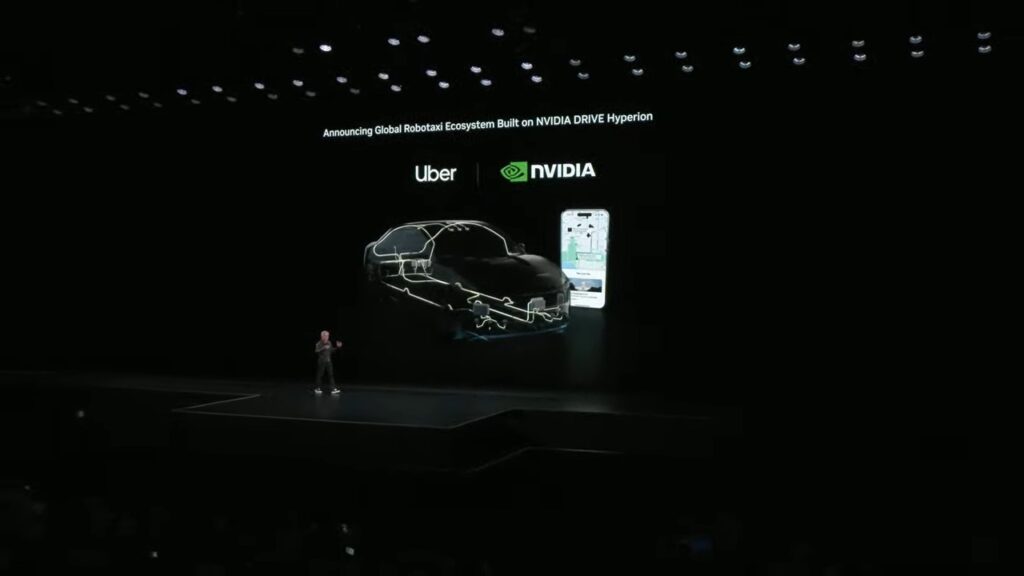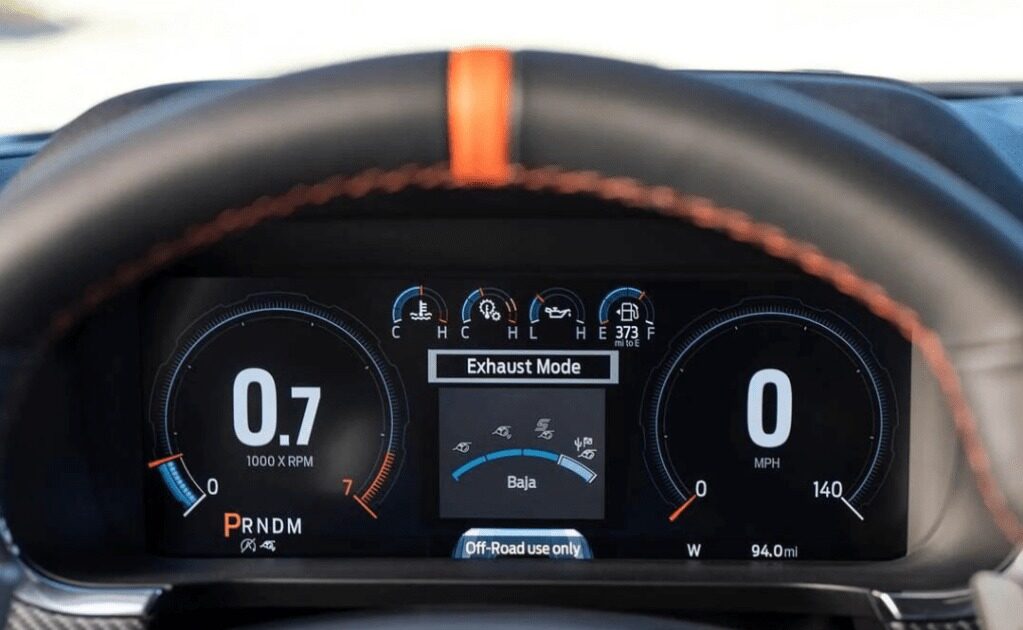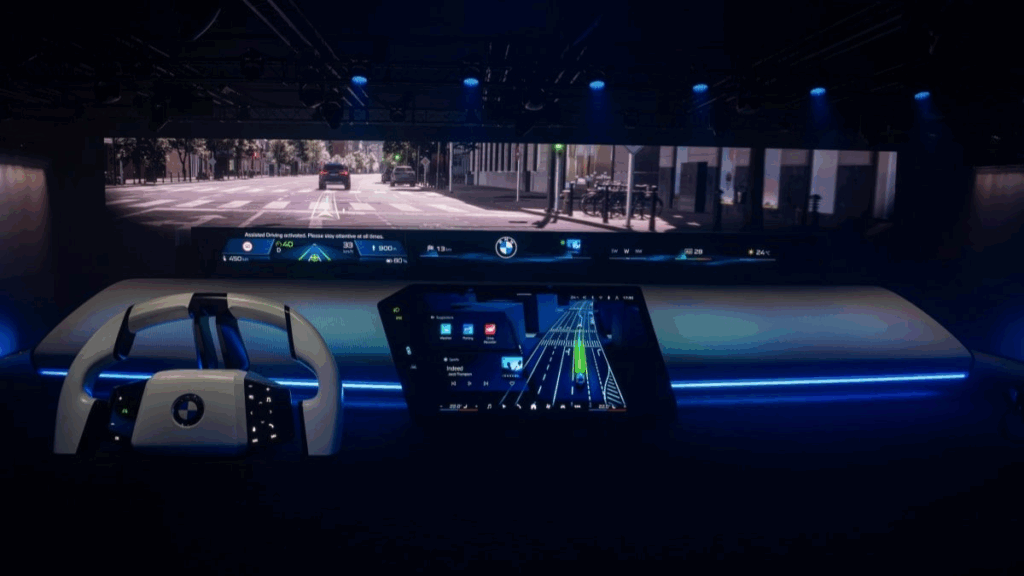NVIDIA Makes the World Robotaxi-Ready With Partnership With Uber Technologies, Inc., Stellantis and Foxconn Technology Co., Ltd.
October 28 2025 — At its global tech conference, NVIDIA unveiled the next step in its expansion into automotive through its new compute platform for autonomous vehicles — the DRIVE AGX Hyperion 10 architecture. NVIDIA Newsroom+2MotorTrend+2
What’s New
The DRIVE AGX Hyperion 10 platform is a production-ready hardware and sensor architecture aimed at enabling Level 4 autonomous vehicles — vehicles that can drive themselves in defined conditions without human intervention. NVIDIA Newsroom+1
NVIDIA is partnering with Uber, Stellantis and Foxconn to deploy fleets of robotaxis built on the Hyperion 10 architecture. Stellantis.com+1
An initial deployment target includes 100,000 autonomous vehicles over time, with Uber beginning rollout on Hyperion-ready vehicles starting in 2027. NVIDIA Newsroom+1
The architecture supports a full sensor suite (cameras, lidar, radar, ultrasonics) combined with high-performance compute (including NVIDIA’s next-gen chips) and software stack optimized for AV applications. MotorTrend+1
Why It Matters for Automotive Electronics
For anyone working in the automotive electronics space — infotainment upgrades, ECUs, wiring, diagnostics and vehicle-systems integration — this announcement signals a major shift:
It underscores how vehicle electronics are no longer just add-ons but are becoming integral AI systems inside the vehicle.
Supplier ecosystems will shift: hardware, sensors, software, connectivity — all converge under architectures like Hyperion.
For aftermarket or upgrade markets, designing for “AI-ready” vehicles may become more relevant, meaning demand for compatible modules and interfaces may grow.
The scale of investment and rollout (hundreds of thousands of vehicles) suggests that components supporting such platforms will ripple through OEM supply chains globally.
Looking Ahead
While the announcement focuses on fleets and robotaxis, the underlying technology will trickle down. Private vehicles equipped with this compute/sensor architecture will influence what electronics and systems are expected in the market. That means:
Wider adoption of advanced sensing (lidar, high-resolution cameras) in more mainstream vehicles.
Increased importance of over-the-air updates, software-defined vehicle features, and modular electronics platforms.
Growing pressure on wiring, thermal management, and electronics-hardware design as compute loads rise.
Potential for aftermarket electronics businesses to pivot toward compatible modules, diagnostics, retrofit-friendly systems built around these new architectures.
Final Thoughts
NVIDIA’s announcement isn’t just about self-driving cars — it’s about a fundamental shift in vehicle electronics architecture. With Hyperion 10 and large-scale deployment right around the corner, the “brain” of vehicles is moving further into AI, full-vehicle integration and software-centric systems. For anyone in automotive electronics, it’s a signal that the future is defined by compute, sensors and smart integration.



